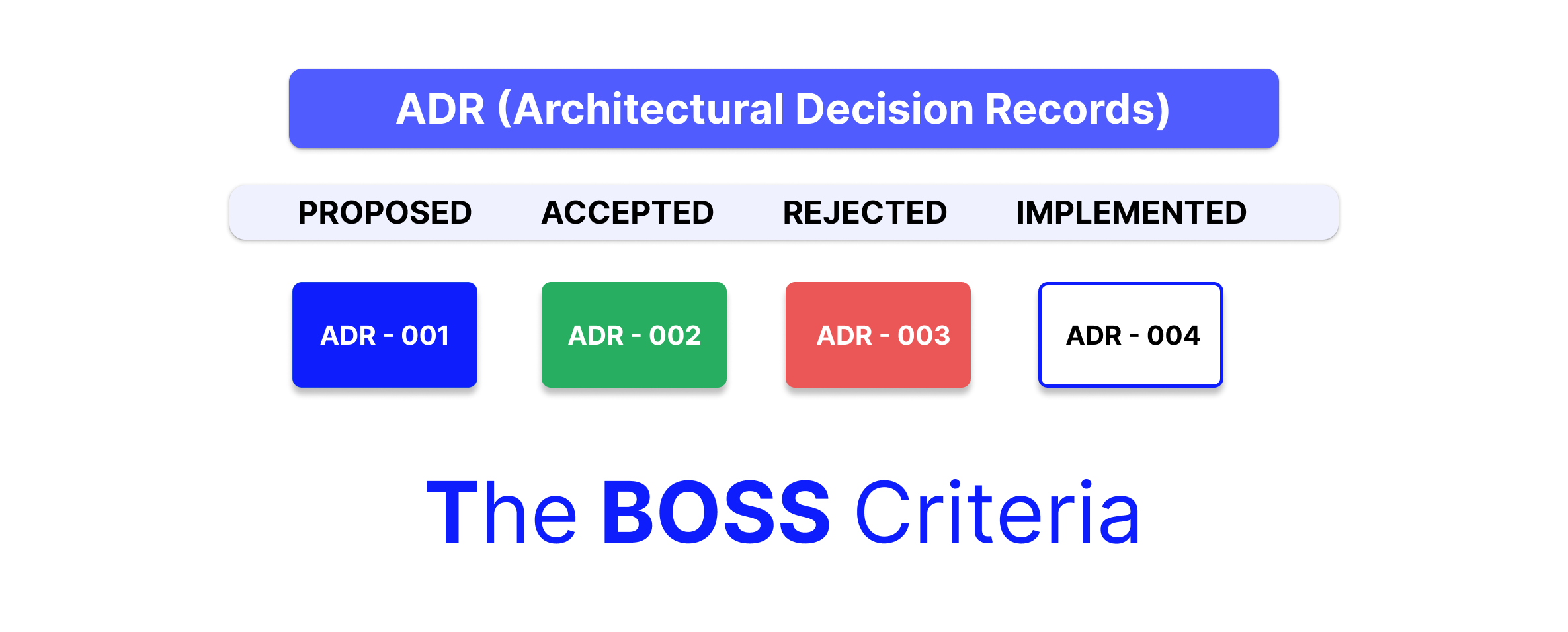In today’s world, it is imperative to have a strategy for consumers on smartphones and tablets. The statistics speak for themselves:
In 2012, a study found that 22% of web content was being consumed by smartphones and tablets. Two short years later, the figure stands at around 56%.
The internet is full of statistics about how content consumption is moving mobile with figures between 40 – 60% thrown up by a variety of articles. Nothing is more definitive than a peep into our own habits as consumers. For example, since the advent of zippy smartphones, I access web content almost exclusively on my phone and tablet. I have only accessed web content (casual reading excepting StackOverflow) using a laptop or desktop maybe 2-3 times over the past year.
To answer this, I’ll make a distinction between “websites” and “web apps”.
- “Web apps” are services such as Quora/Facebook/LinkedIn which need to enable a rich level of interaction with the user.
- “Websites” contain content that will be used by end users to learn about a company or service.
IMHO the strategy in both these cases needs to be different.
- A native app on Android, iOS (and dependent on your target customer, Windows).
- A responsive web interface, even if with limited features that cross sells the native apps.
#1 because web interfaces on tablets and smartphones (as of early 2015) are still not performing well enough to be on par with their native counterparts. Also, a connected experience such as sharing content or interacting with hardware is more difficult with a web app and needs some nifty frameworks such as Cordova to be implemented.
#2 because in 2015 there cannot be an excuse to provide a bad interface for a large number of users who may potentially install your app. Again, even if with limited features, a responsive strategy is very important to keep your user base sticky. Think about your responsive site as the advert that nudges users to install the app but also provides instant gratification by providing most used features without the app.
Websites should be responsive
In most cases classic websites do not need a native app for improved interactivity. In this case, the only avenue for end users to understand what you stand for is the website. And that website better look good and load fast on my phone or I’ll just click on the next search result.
Remember m.mysite.com? What's wrong with that strategy?
Nothing. However, m.mysite.com was a solution for a time and age that has served its usefulness. Last decade, it was possible to make the distinction between “desktop” and “mobile” interfaces. Fast forward to 2012, the number, type and form-factor of devices accessing this content has dramatically changed. There is no more “desktop” and “mobile”, instead there are myriad devices of different form factors. The strategy of differentiating between a mobile and a desktop version does not work anymore.
Another problem is what I call “Design Consciousness”. Most apps created in the last decade were unconscious in this regard. Web and mobile apps created in the last decade had almost no resemblance to each other and therefore squandered a brand-building opportunity. This is natural since these apps were viewed differently, and probably even had different design teams and strategies.
Responsive design came about as a natural outcome of all of the following:
- Speed of cellular networks.
- Processing speed of devices carried by users.
- Touch interfaces.
- Mobile and Tablet form factors with a bizarre array of resolutions.
- HTML5 and CSS3 improvements.
- Modern browser compatibility and standards adherence.
Summary
A responsive strategy saves you money as it covers all potential customers that reach your website or app without the need for separate investments for each. It is imperative to have a responsive strategy to reach out to the widest audience possible.
Further Reading
Nice article about Responsive Design and benefits:
http://knowledge.ridivi.com/why-responsive-web-design-matters-for-your-website/2301






